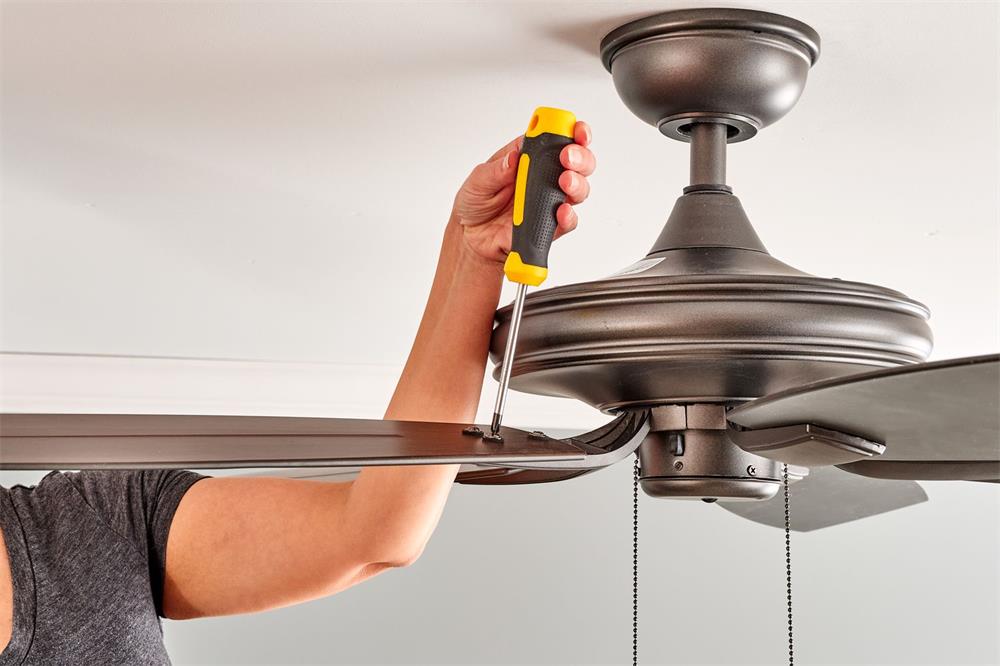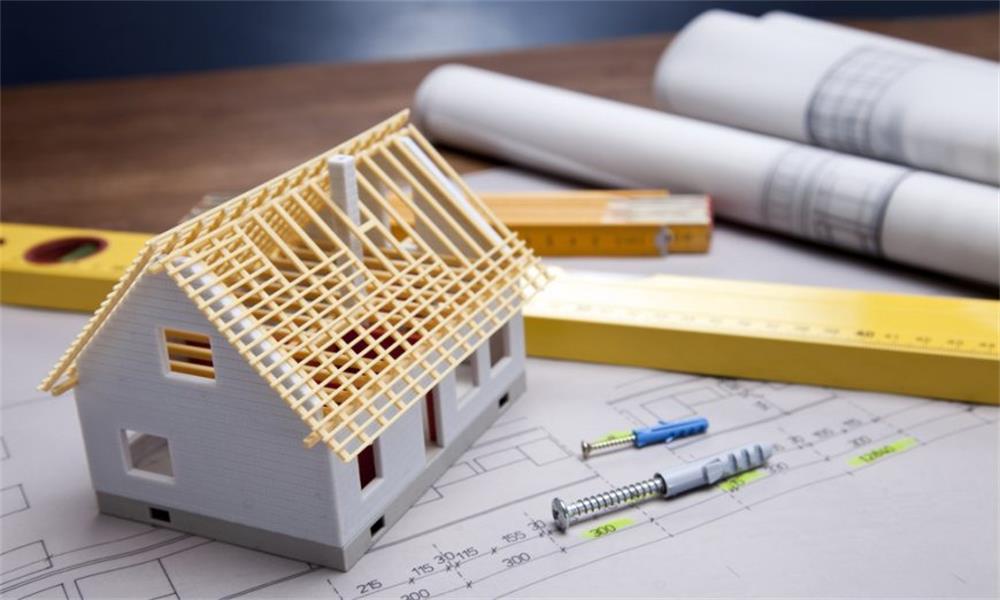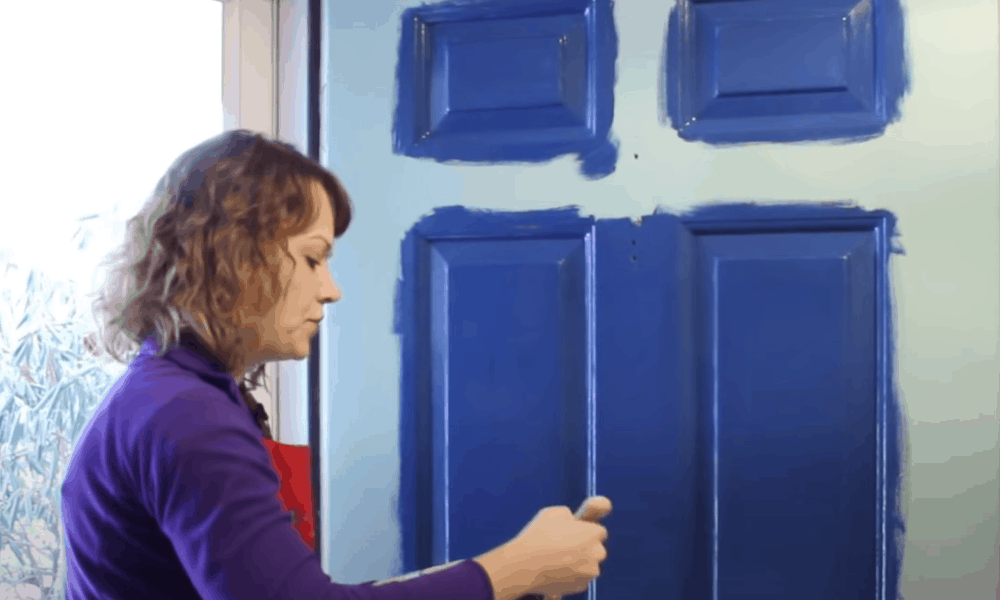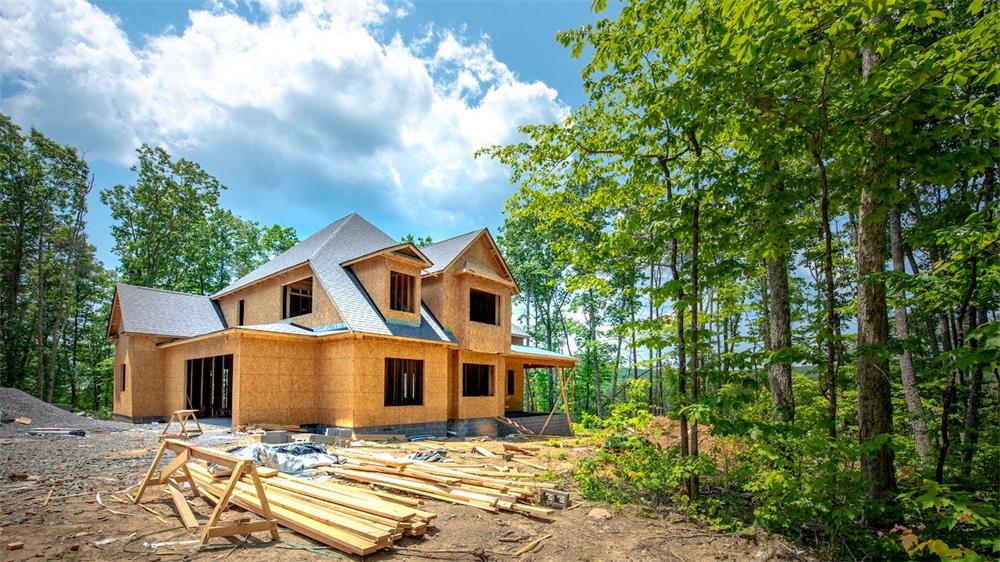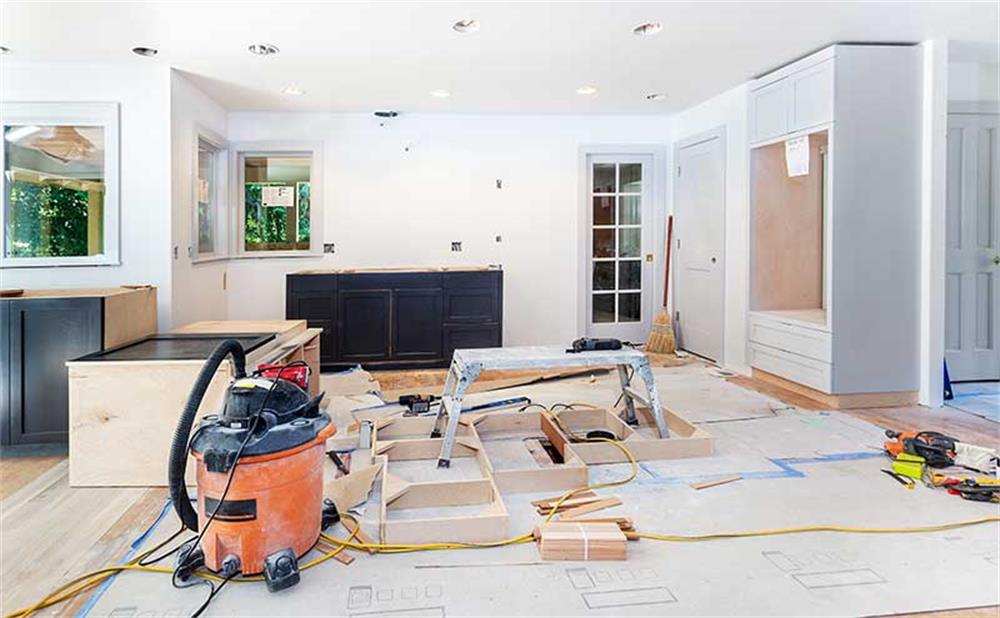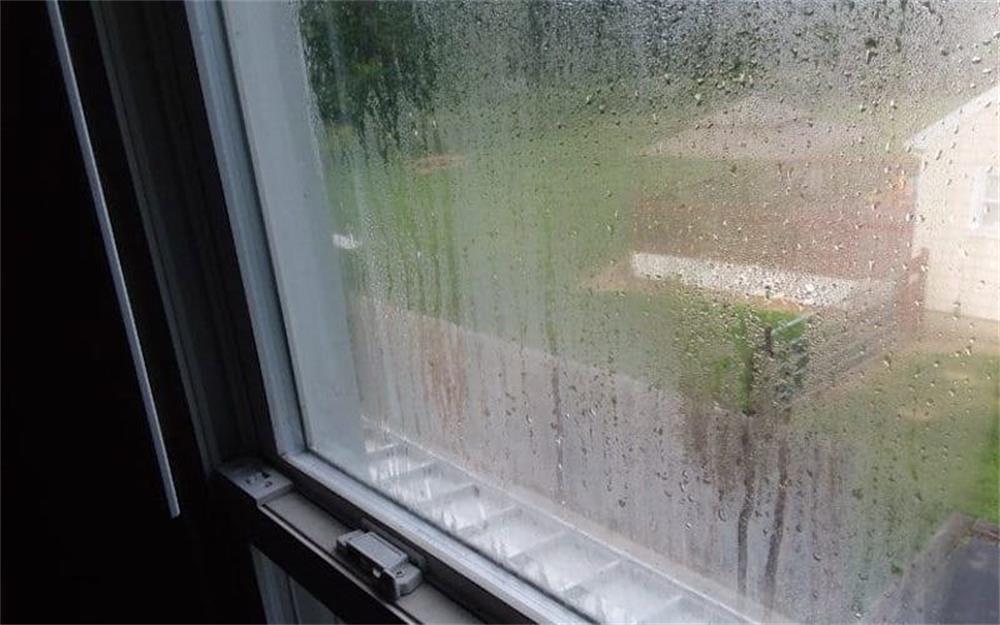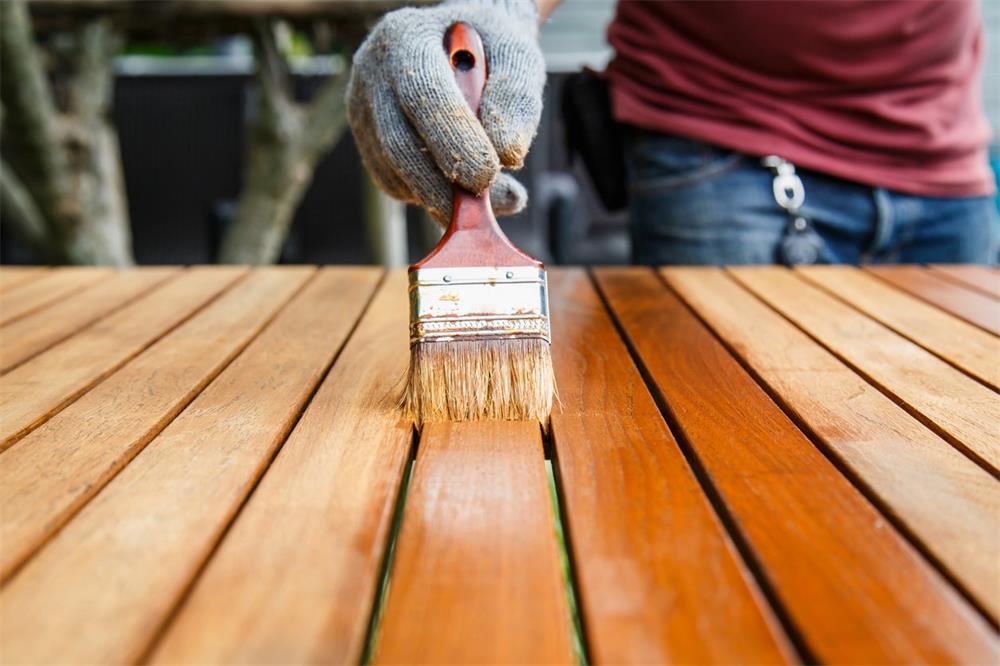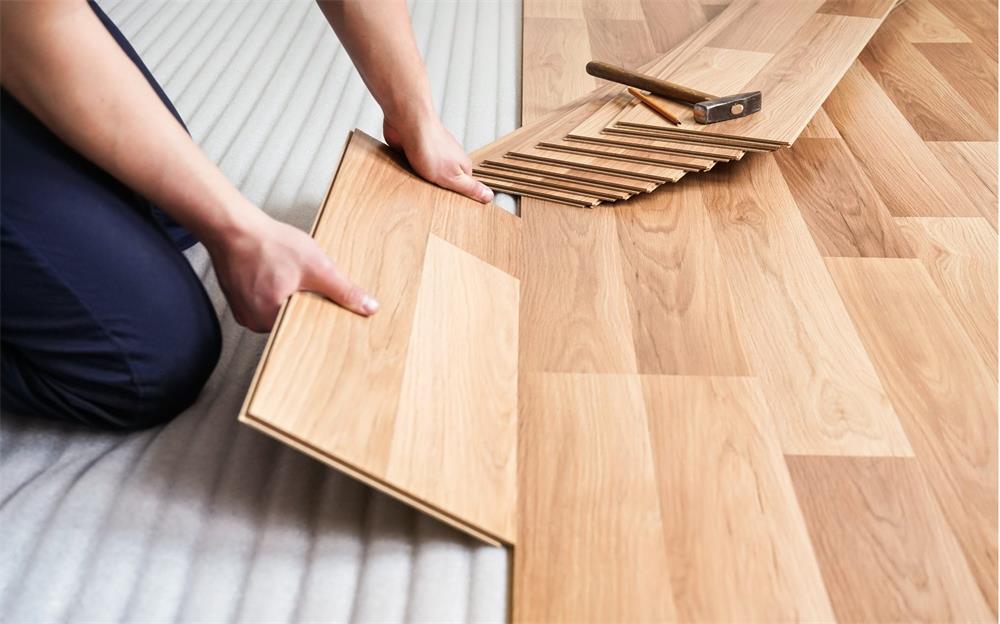Contents
A wobbly ceiling fan can be annoying, inefficient and even dangerous. If your ceiling fan shakes or vibrates more than 1/8 inch on high speed, you may need to fix it. Here are some steps to troubleshoot and correct the problem.
Step 1: Turn off the power
Before you start working on the fan, make sure you turn off the power at the circuit breaker box. This will prevent any electrical shocks or accidents.
Step 2: Check the mounting setup
A wobbly ceiling fan may be caused by a loose or improper mounting setup. The fan should be attached to a fan-rated electrical box that can support its weight and motion. You can check the type of box by loosening the bracket housing and looking for a label or lag bolts. If the box is not fan-rated, you may need to install an adjustable fan brace that can fit between the ceiling joists.
Step 3: Tighten all fasteners
Another common cause of wobbling is loose screws or bolts. You should inspect and tighten all the fasteners that connect the fan to the ceiling, the bracket to the box, the blade irons to the motor spindle and the blades to the blade irons. Use a screwdriver or a wrench as needed.
Step 4: Measure and adjust blade distance
Sometimes, the blades may be uneven or warped, which can affect the balance of the fan. You can measure and adjust the blade distance using a story board. This is a piece of wood or cardboard that you hold in one spot and mark where each blade end reaches. The distance should be within 1/4 inch for each blade. If not, you can gently bend the blade irons up or down until they are level.
Step 5: Use a balancing kit
If none of the above steps work, you may need to use a balancing kit to fine-tune the balance of the blades. A balancing kit usually consists of a plastic clip and some adhesive weights. You can attach the clip to one blade at a time and run the fan on high speed to see if it reduces the wobble. Then you can move the clip up and down along the blade until you find the best position. You can also try different weights if needed. Once you find the optimal balance, you can stick the weight on top of the blade near where you placed the clip.
Step 6: Replace your fan
If all else fails, you may need to replace your fan with a new one. A wobbly ceiling fan may indicate a faulty motor, worn bearings or damaged parts that cannot be repaired easily. You can shop for a new ceiling fan that suits your style and budget at The Home Depot.
Conclusion
A wobbly ceiling fan is not only annoying but also potentially dangerous. By following these steps, you can fix your fan and enjoy its smooth and quiet operation. However, if your fan is beyond repair, you may want to consider getting a new one that meets your needs and preferences. Remember to always turn off the power before working on your fan and use caution when handling electrical wires and moving parts.

